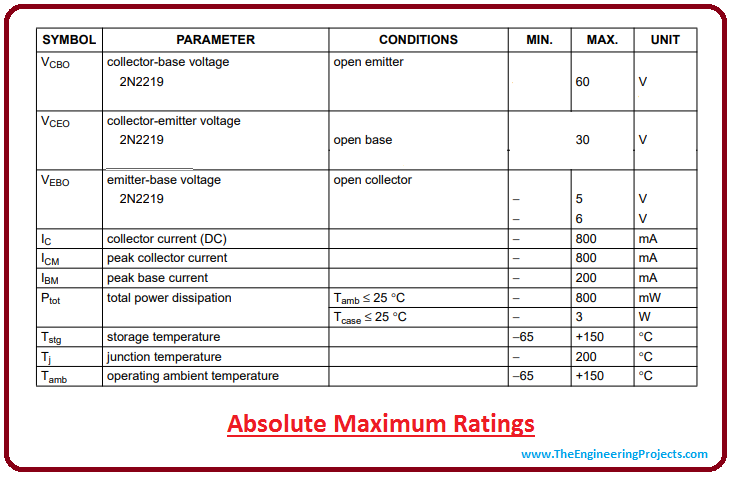

From that point they would evolve to the current transistors.īut if you want to know how it works exactly this device that revolutionized electronics and the technological world, Here is this GIF with a simile about the transistor and a hydraulic system, which I think you will not find better than this example to capture the idea of how a transistor works:

In 1948 they invented the contact transistor, a very large, very crude and impractical device that was expensive to manufacture and sometimes failed and had to be repositioned in some cases. John Bardeen, Wlater Brattain and William Shockley They took the credit by patenting the first transistor in history and winning the Nobel Prize. In an almost parallel way, in the United States in AT&T Bell Labs They were also doing unsuccessful experiments, until after World War II fortunes changed for them and when they returned from the European battlefield they came up with the solution by coming up with "refreshed" ideas. Oskar Heil also made a similar device in Germany in 1934, and later Robert Pohl and Rudolf Hilsch would also do experiments related to this type of device at a German university. It was somewhat ahead of its time, since they found no practical applications for it in that decade or the next, and it was also a field-effect transistor, a more advanced concept even than bipolar ones. In addition, as you know, the invention emerged in Europe with the first patents of the physicist Lilienfeld (1925). The name of transistor comes from the union of transfer and resistor, that is, a transfer resistor in English. With the arrival of the solid state electronics, that is, of the semiconductors, allowed the creation of this type of devices much cheaper, smaller and more reliable. The heat they generated was another problem as well.

They were also large in size and did not allow the creation of small devices. These valves were similar to traditional bulbs, so they could blow out and needed to be replaced frequently. That is, they are the substitutes for the primitive vacuum tubes or vacuum valves that gave so many problems. Transistors are nothing more than devices similar to switches and capable of amplifying the signal. As radio or transistor it was named so because of this device we talked about, I would like to do a very brief introduction on what a transistor is and a little history.


 0 kommentar(er)
0 kommentar(er)
